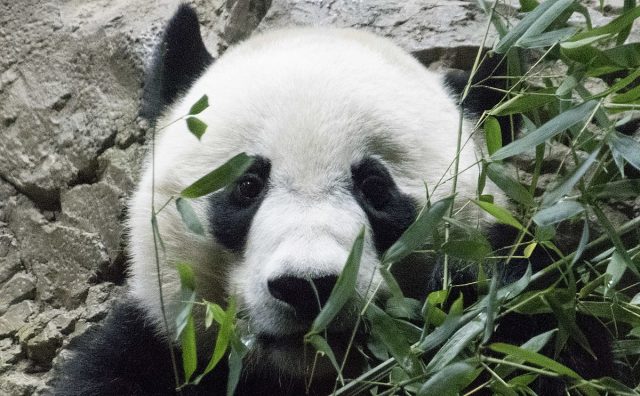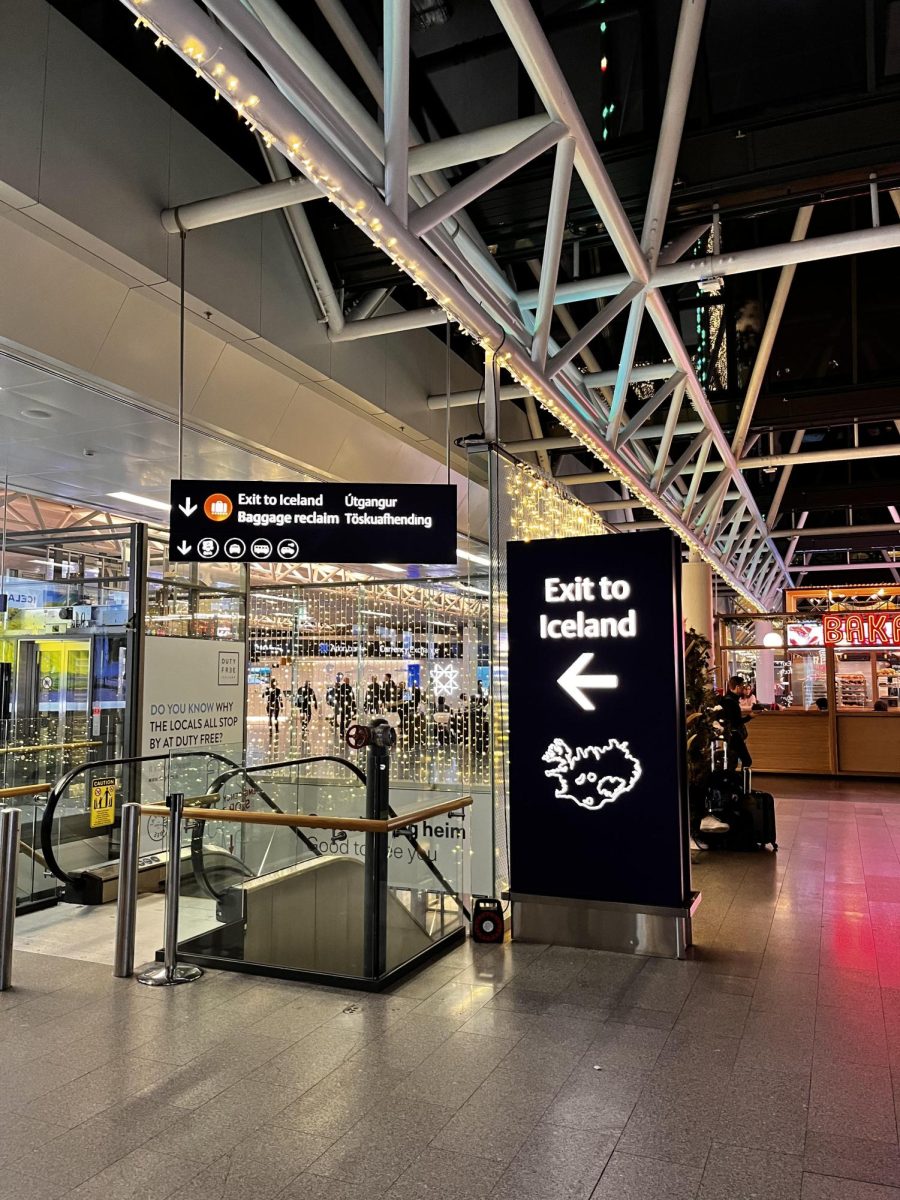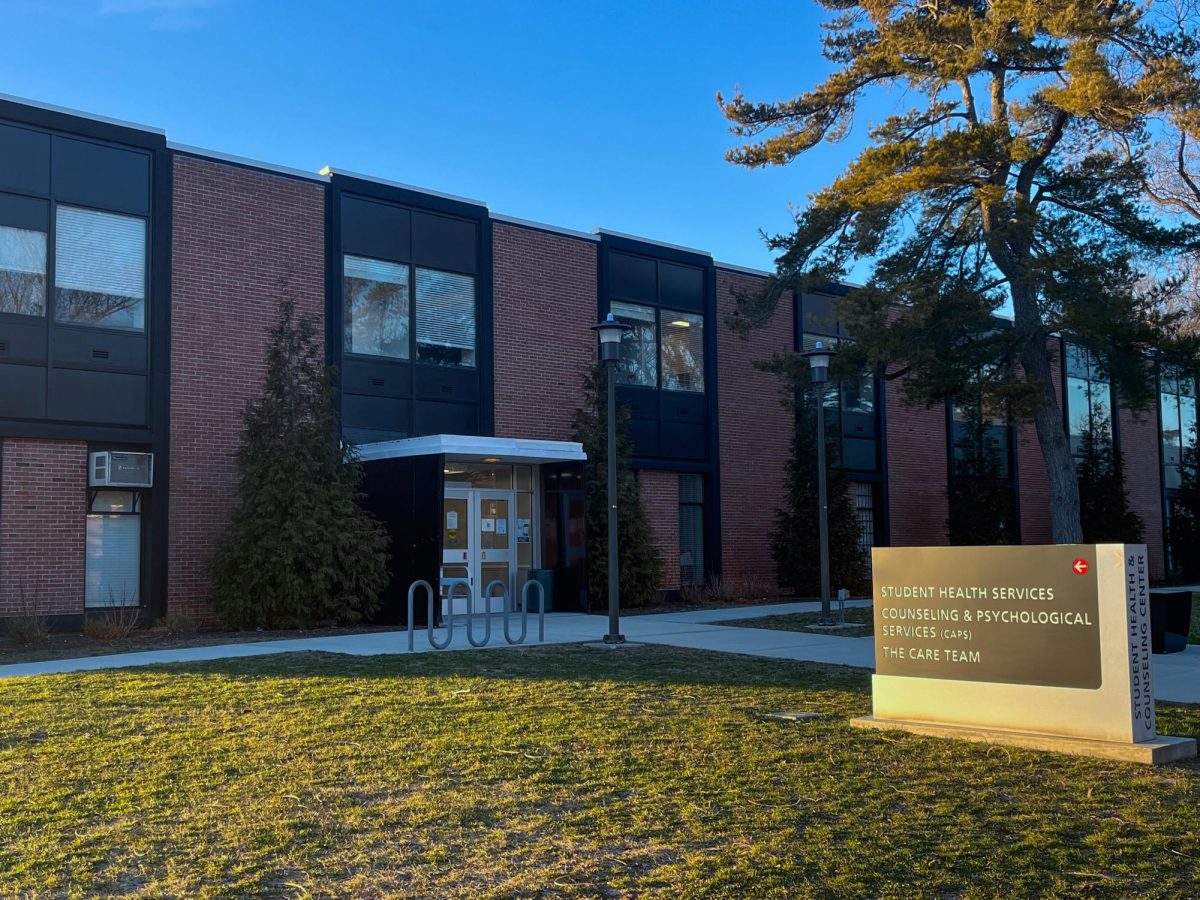
Amid growing demands for animal conservation, experts are reconsidering the ethics of zoos. The zoo industry claims to protect species from extinction and endangerment, serving as sanctuaries safe from outside harm. While accredited zoos have worked to see this through, the growing controversy surrounding the authenticity of this goal has sparked studies on the true effects of captivity on wild animals.
The conditions of some zoos have been proven to be utterly inadequate. Experts have declared that it’s highly unlikely and difficult to meet the needs of wild animals in captivity, which omits the acres of land, wild companions, food and freedom that their natural habitats provide. The National Zoo in Washington, D.C. was reported to have starved their zebras to death on account of insufficient food, as well as neglecting to prevent the accidental ingestion of rat poison by their red pandas.
While captivity has developed from barred cages to natural-resembling habitats, experts argue that these reformed habitats still lack sufficient space. Animal behaviorists believe that “despite a zoo’s best efforts, its animals often are deprived of privacy, confined to inadequate spaces and unable to engage in natural hunting and mating activities.”
As a result, animals grow to suffer from the term coined “zoochosis, the display of obsessive, repetitive behaviors.” Bears have been witnessed pacing back and forth, and elephants continuously shaking their heads.
Over the years, accredited zoos — zoos that meet the animal welfare standards of the American Zoo and Aquarium Association (AZA) — have strengthened efforts that go beyond conserving species. They have shifted their focus to bettering habitats, introducing new exotic species and partnering with nonprofit and governmental organizations to further the conservation effort.
According to the AZA, zoos accredited by the association have “carried out 2,230 research and conservation projects, half of which were field projects in over 80 countries.” Acquiring wild animals has also been under reform, moving from taking animals directly from the wild to using captive breeding programs. These programs work to maintain threatened species by breeding them within controlled environments and were even recorded to salvage some from extinction.
Unfortunately, zoos that cannot meet animal welfare standards are fairly notorious for subjecting their animals to physical and psychological torture. They’re held in cages juxtaposed with their predators, are often too close to other animals despite being a species in need of space, or, on the contrary, are left to live in solitary confinement.
Animals can grow highly distressed by unwelcome visitors because they are forced to serve as entertainment. They live in unnatural temperatures, often grow ill with no veterinary care, are displaced from their families and can be killed once their size exceeds that of their cage. A 2021 New York Times article by Emma Marris, an environmental author, stresses that “In 2014, the director of the E.A.Z.A. at the time estimated that between 3,000 and 5,000 animals are euthanized in European zoos each year.”
By being forced into a life within artificial environments, animals native to the wild are left to live out their days unfulfilled. Species meant to roam about spacious terrains are subjected to minuscule spaces and extreme temperatures. Despite the efforts that AZA-accredited zoos put towards animal conservation, depriving species of their natural habitats and rightful homes ultimately outweighs the limited pros.


















